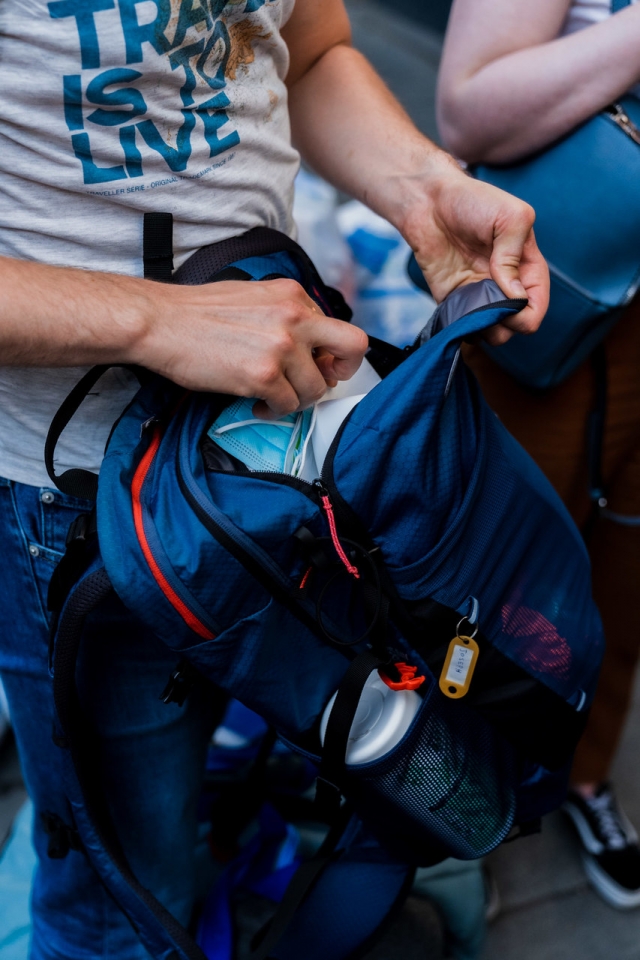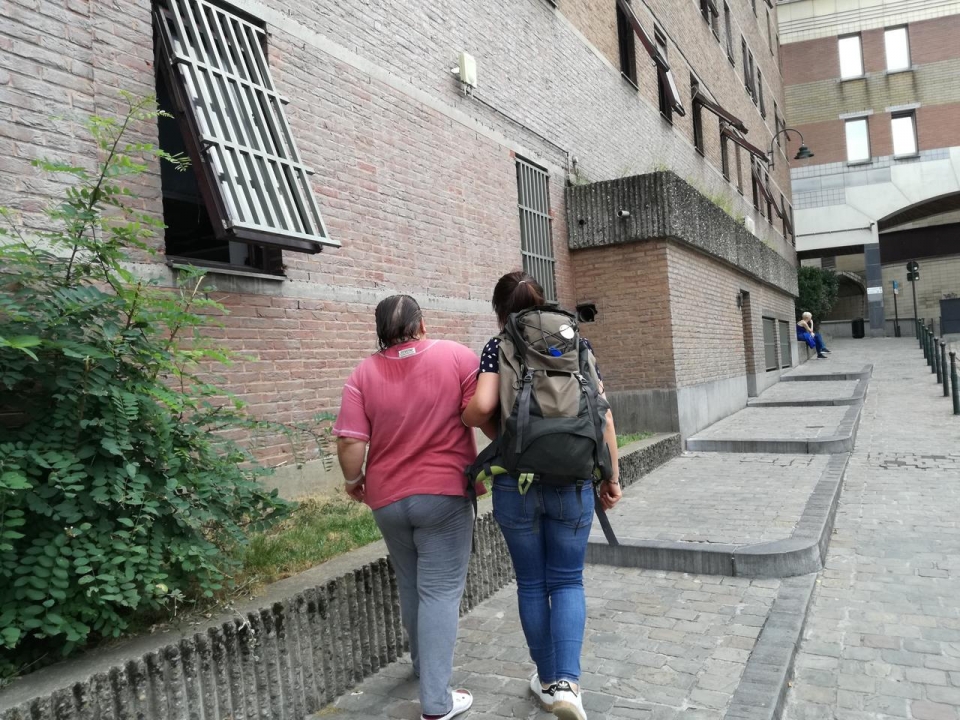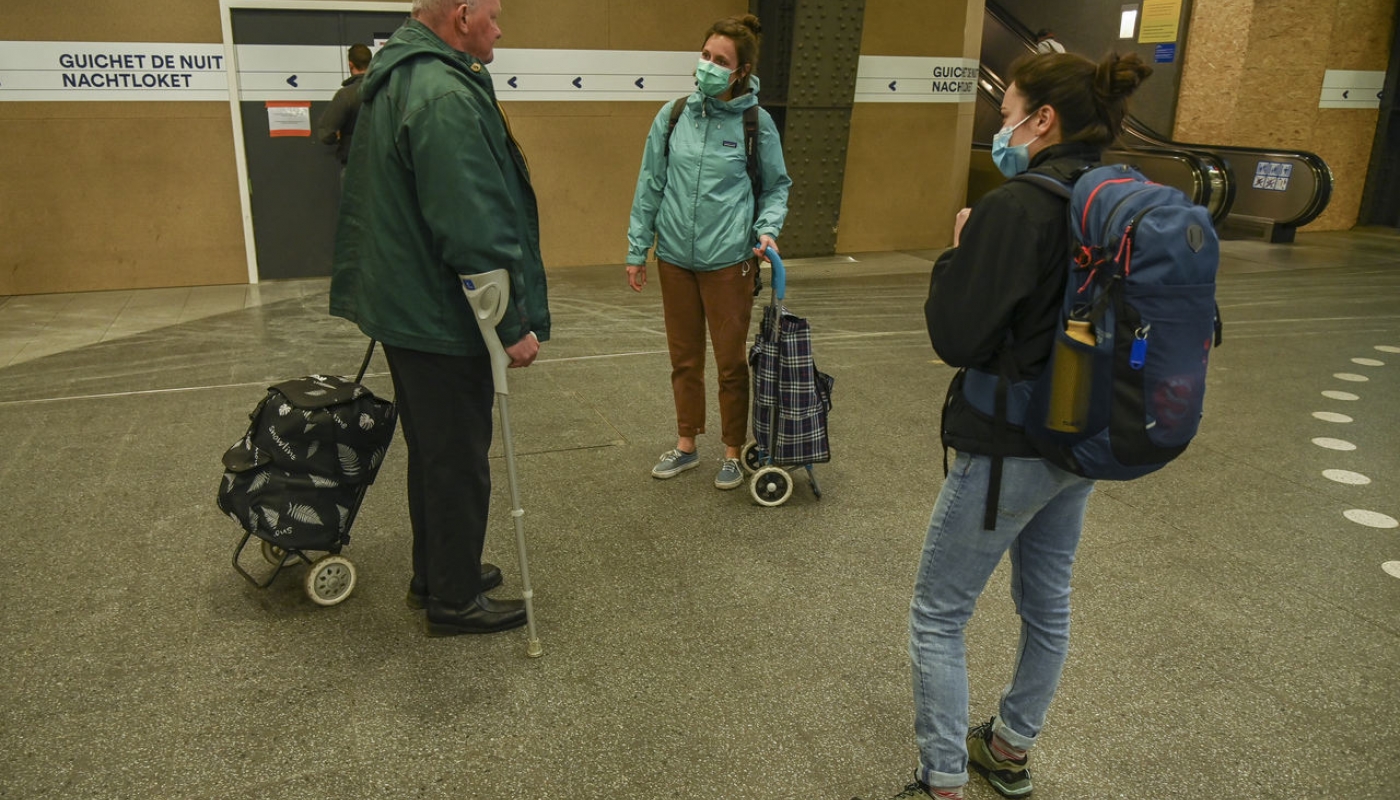In 2021 Street Nurses celebrates its 15th anniversary. Emilie Meessen, co-founder, and Pierre Ryckmans, medical doctor, take stock of all those years of caring for homeless people. How did they adapt with their team to work in the field and changes in the profile of their patients? How did they experience those changes and what did they do to try and face the challenge of homelessness? Very quickly, relodging people proved to be an indispensable remedy. Here is why.

What prompted the idea of a “housing” section?
Emilie: “The original aim of our organisation was to approach homeless people and establish a link with them. Our initial mission consisted in supporting them with hygienic and health care because that is what most people badly needed. Over the years we had to accept that we could only help a limited number of people if we wanted to see them regularly to look after them. Soon it became clear that regained self-confidence gave our patients also more confidence in their future. But such a future was unthinkable on the street. That made us realise that we had to broaden the follow-up of our patients - and that is when we started to focus on relodging them.”
Pierre: “Initially one of the tasks of our social workers was finding housing for our patients. We looked for all sorts of lodgings: retirement homes, care centers, shelters, individual housing, etc. But these searches took a lot of time and that made us reorganise the team of field workers. In 2011 we created the “housing” section in addition to the existing “street” section. So, it’s now already 10 years ago that we could relodge our first patient. Since then, the number has grown steadily. We saw a snowball effect. Seeing that others had managed to find a home again, people became motivated and said: “why not me?” As of today, we’ve been able to relodge 164 people permanently.
What prompted the idea of a “housing” section?
Emilie: “The original aim of our organisation was to approach homeless people and establish a link with them. Our initial mission consisted in supporting them with hygienic and health care because that is what most people badly needed. Over the years we had to accept that we could only help a limited number of people if we wanted to see them regularly to look after them. Soon it became clear that regained self-confidence gave our patients also more confidence in their future. But such a future was unthinkable on the street. That made us realise that we had to broaden the follow-up of our patients - and that is when we started to focus on relodging them.”
Pierre: “Initially one of the tasks of our social workers was finding housing for our patients. We looked for all sorts of lodgings: retirement homes, care centers, shelters, individual housing, etc. But these searches took a lot of time and that made us reorganise the team of field workers. In 2011 we created the “housing” section in addition to the existing “street” section. So, it’s now already 10 years ago that we could relodge our first patient. Since then, the number has grown steadily. We saw a snowball effect. Seeing that others had managed to find a home again, people became motivated and said: “why not me?” As of today, we’ve been able to relodge 164 people permanently.
Why did you join “Housing First”?
Emilie: “As Pierre already explained, some of our first patients could join institutions like care homes and found permanent housing there. But at a certain moment we realised that not all the people we followed fitted into that solution. That’s why we started to focus on individual housing to widen our possibilities to get people off the street. In 2012 our “housing” section had existed for one year. Only 3 or 4 people had by then been given a flat or an apartment. That’s when we joined SMES (Mental Health and Social Exclusion) and created a team for “Housing First”. In this project, unconditional access to housing is the first step on the road to reintegration. In order to help people to establish themselves there permanently, “Housing First” teams in different organisations subsequently stand ready to assist them in all areas of life.”

Pierre: We also examined whether we could make available a building based on a model we visited in New York. In the end we managed to do so in Brussels. The building has several apartments reserved for homeless people. In addition to this sort of housing we’re now also establishing modular homes.
The vision and methodology of the association continuously change over time - to such an extent that we can now confidently state that homelessness can be rooted out - something we could not even imagine before.
© photos P-Y Jortay & R. Parregiani - Infirmiers de rue 2020

